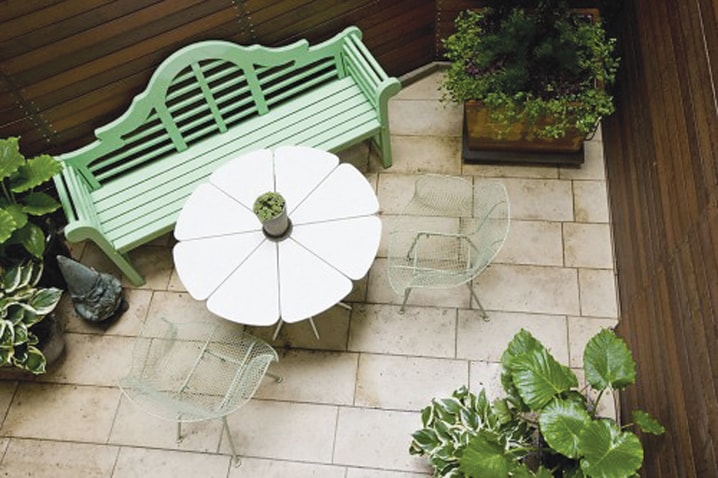Odd corners within the yard can become neglected because they are never used or are away from the main landscape.
It can be an area between a building and fence, the back alley or just an odd corner. When viewed, these areas take away from the overall garden.
Start by cleaning the area. Remove any weeds by pulling, digging, cutting or spraying. With the weeds removed it should be possible to see what or if anything remains.
Overgrown deciduous shrubs can often be pruned back unless they are far too big for the area, then they need removed.
Remove the deadwood from the plant now by cutting back to a living branch or the ground. A quarter to a third of the shrub can be removed in the late fall.
Overgrown evergreens are a different matter. Ends can be trimmed back but do not cut into old wood as it is unlikely to produce new buds and growth. Evergreens that are sparse in the centre should be removed.
Areas that were once covered by mulch require more effort. Remove what is left of the mulch and any barrier that was underneath it.
Overgrown grass may be reverted to lawn by being cut and fertilized depending on the varieties of grass present and the smoothness of the ground. If this isn’t the case either spray to kill all vegetation or remove it manually.
The big question is what to do with the area once it is clean?
Grassing the area might be the easiest solution if there is enough moisture and sunshine for turf to grow.
Work the area to depth of four inches then roll it flat. At this point it can be seeded or sod can be laid. Seed allows for slower growing grasses to be used while sod is instant. Both will need to be watered until the plants become established.
Mulch works great for areas that have little sunlight and or are hot and dry. Start by ensuring the area is free of weeds. Next put down a barrier. Landscape fabric, plastic or a number of layers of newspaper make great barriers as they block sunlight inhibiting plant growth. Landscape fabric is designed to allow water penetrate while blocking the majority of light. Choose a fabric with a tight weave as it blocks more light.
Nothing penetrates plastic.
Water will not reach the soil and plants will not grow through it. A thick layer of mulch is needed to cover the plastic as it will break down quickly in sunlight.
Four or five layers of newspaper will keep weeds down while allowing moisture to penetrate.
For best results wet the newspaper before installing as it will take the shape of the ground and not blow away. A thick layer of mulch will keep the newspaper hidden.
Plants can be added to the mulched areas to add colour. Choose ones that will grow in that specific environment.
Paving is also a possibility if the use of the area and outcome would justify the expense.
Take the time to finish all sections of the yard. Time spent will make a huge difference in the overall difference of the yard.
Linda Tomlinson is a horticulturalist that lives near Rocky Mountain House. She can be reached at www.igardencanada.com or your_garden@hotmail.com
